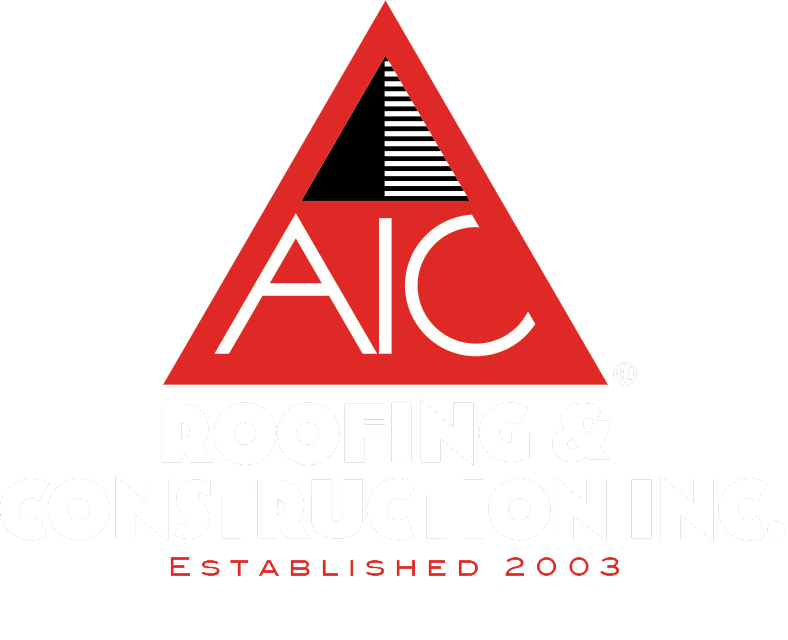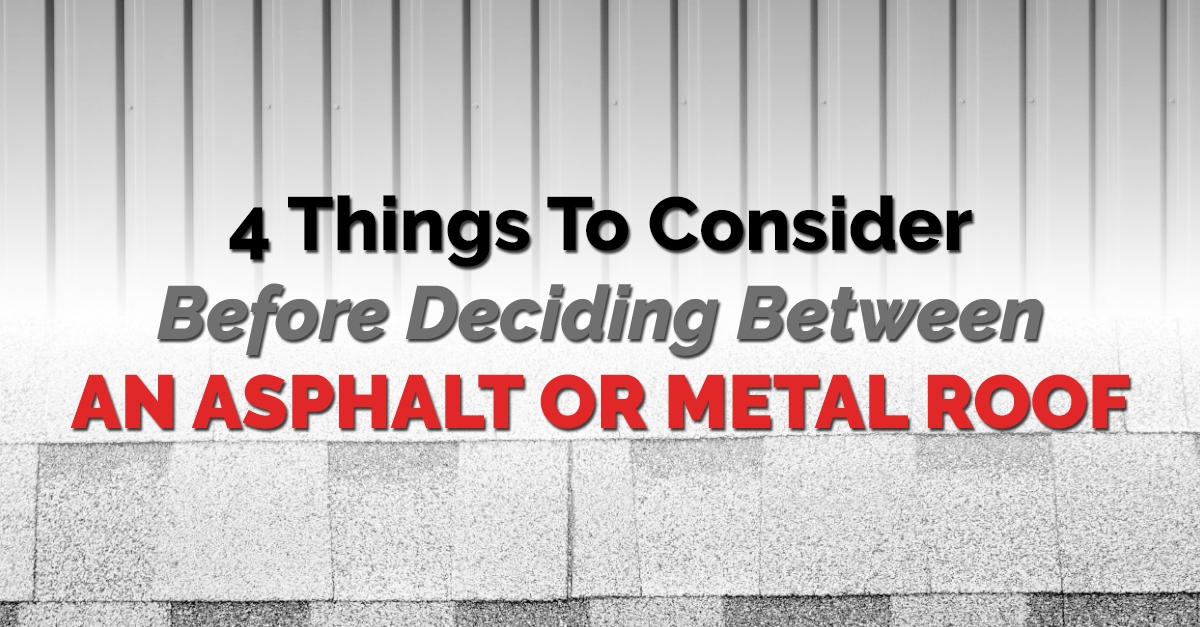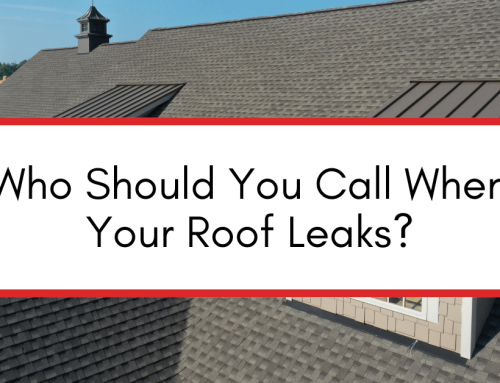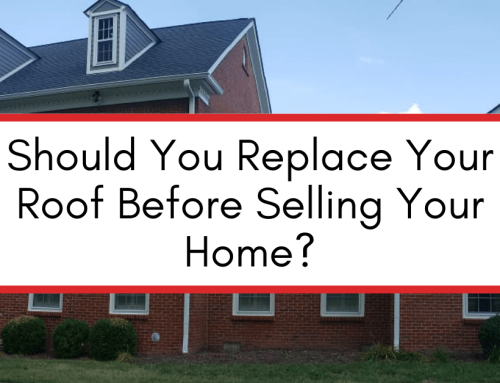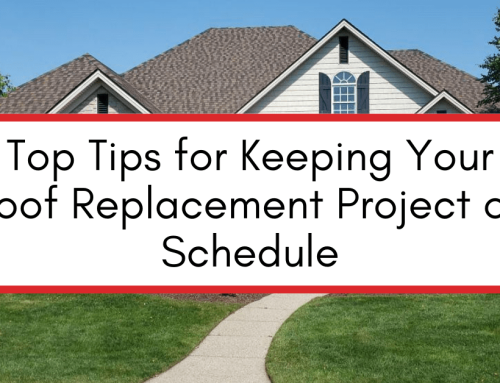Are you having trouble deciding between a metal roof or a traditional asphalt roof? We’re here to help! Choosing the shingle grade, style, and color can be overwhelming. Moreover, those selections are critical to the look and function of your new roof.
While you research the roofing material that is right for your home, we suggest evaluating options based on these traits: initial cost, life expectancy, maintenance costs, and aesthetics.
We always recommend homeowners do their own research and ask thorough questions to their roofing contractor before making any selections. Being educated and prepared will help you confidently make decisions about your roof replacement.
This article will outline five things to consider when choosing between a metal roof and a traditional asphalt roof.
1. Initial Cost
Your initial installation cost is obviously a top consideration when deciding on your roofing type. Your roofing contractor will give you an initial estimate (most roofing contractors, AIC Roofing included, offer free estimates). If you’re replacing your roof through insurance, homeowners are responsible for the added cost of higher-grade materials. It’s important to note that any upgrades in shingle quality, among other factors, will change that price.
Other factors affect the price of your roofing bid.
- Asphalt roof: On average, asphalt roofs could cost anywhere between $4-$10 per square foot of roof. Many factors influence this cost, such as steepness, number and shape of eaves, and any unique roof fixtures. Most homeowners choose asphalt roofs because of their durability, price, and reputation.
- Standing seam metal roof: These are typically cost-prohibitive for most residential homeowners. They can cost as much as four times more than a traditional asphalt roof! This is because of their superior durability, customization, and interlocking design.
- Exposed fastener roof: This type of metal roof is comparable in initial cost to traditional asphalt roofs. They cost slightly more due to the specialization and extra time needed to fabricate the materials during installation to fit any roof fixtures such as vents, chimneys, and eaves.
2. Life expectancy
A roof replacement is one of the costliest home maintenance projects. Considering this, you want to make sure you choose a roof that will last.
- Asphalt roof: When installed properly and vented correctly, the lifespan of a traditional asphalt roof is 15-30 years. There are only two grades when choosing shingles for an asphalt roof: mid-grade and high-grade. It’s a common misconception that mid-grade shingles are less durable or have a lower quality than high grade – this isn’t necessarily the case. High-grade shingles offer more designer qualities than mid-grade shingles, ultimately making the main difference being how they look on the roof.
- Standing seam metal roof: These roofs are incredibly durable and last 30 years to 50 years. They are often considered to be the gold standard in roofing.
- Exposed fastener metal roofs: This type of roof get its name from the fasteners (or screws) that affix the metal panel to the deck or framing are visible or ‘exposed.’ Because the fasteners are exposed, this can create thousands of potential leak sites in your roof. The metal panels will expand and contract with heat and weather. The screws in the metal panel are fastened and prevent the panel from expanding and contracting – also called ‘floating.’ Due to the inability of the metal panel to float, pressure is put on the panel itself. It can create a gap between the screw shaft and the metal panel. An exposed fastener metal roof could last 15 years or more if maintained properly. However, it’s important to recognize many variables will ultimately determine the lifespan.
3. Maintenance Costs
When deciding between a metal roof or a traditional asphalt roof, your maintenance costs are essential to consider. Depending on the material you choose, your costs will vary significantly.
- Asphalt roof: Preventative maintenance for asphalt roofs includes regular gutter cleaning and debris removal of the valleys, dead walls, and chimneys. This prevents ice damming and potential leaking.
- Standing seam metal roof: Similar maintenance is suggested as best practice for standing seam metal roofs. Gutter and debris cleaning will help prevent any issues from occurring. Standing seam metal roofs have an interlocking design that prevents leaks from occurring and have a reputation for being long-lasting and comparatively lower maintenance.
- Exposed fastener metal roof: This roof is the most maintenance intensive. In addition to regular gutter cleaning and debris removal, it is recommended (and in our opinion, critical) to replace the screws in the metal panels at least every five years. We mentioned previously that the fasteners prevent the metal panel from expanding and contracting with the weather. This creates a gap between the panel and the fastener head, leading to a leak site. There are literally thousands of fasteners involved with this roofing system. Furthermore, if the gap between the panel and the metal shingle gets large enough, a major weather event could tear off the panels.
Another consideration regarding exposed fasteners is the rubber gasket which ensures water-tightness. They are susceptible to UV damage and can dry out and crack, especially if the fastener is overdriven. An overdriven fastener will have a “pancake” effect on the rubber gasket, exposing even more of it to the sun and drying it out even faster. The rubber gasket is what keeps the hole in the panels created by the fastener from leaking; they must stay in excellent condition!
4. Aesthetics
Your new roof should look good and stand the test of time.
- Asphalt roof: Asphalt shingles offer a massive selection of various colors, thicknesses, and appearances. Most roofing contractors provide mid-grade and high-grade shingles, which have similar manufacturer warranties, lifespans, and durability. Their differences are based mainly on aesthetic characteristics.
- Standing seam metal roof: Metal roofs are a popular roofing trend. Standing seam metal roofs offer a classic and high-quality aesthetic and are custom-fitted to each unique home or business.
- Exposed fastener metal roof: These can offer the trendy look of a metal roof at a fraction of the cost of a standing seam metal roof. However, the metal panels used in exposed fastener roofing can make it extremely difficult to fit roofing fixtures (such as chimneys, eaves, and any round fixture) – and thus can negatively impact their appearance. Exposed fastener metal roof panels are modified or cut on-site, so the appearance of the finished product largely depends on the sheet metal skills of the roofing contractor. We highly recommend looking at actual homes your roofing contractor has completed before choosing this option based on aesthetics.
We hope this article gives you helpful information as you continue to decide what is best for your home. AIC Roofing offers a comprehensive selection of shingle options for your new roof. We have completed over 10,000 roof replacements – both corporate and residential in the Lexington, Richmond, and Louisville areas.
We want you to be educated on everything available on the market so you have all the information you need to make the right decision. From how to choose the right contractor to learn about the different types of shingles and metal roofs – we’re here to help you make an informed decision. Contact us today for help with your shingle roof replacement.
3-tab attics barns chimney choosing a contractor commercial cost curb appeal DIY estimate financing flashing flat roof GAF glossary gutter replacement gutters gutter size gutter system ice dams inspections insurance missing shingles roof design roofing materials roofing system roof leak roof maintenance roof materials roof repair roof replacement roof shapes roof types shingle ratings shingles siding siding materials siding replacement skylights storm damage underlayment ventilation warranty winter
